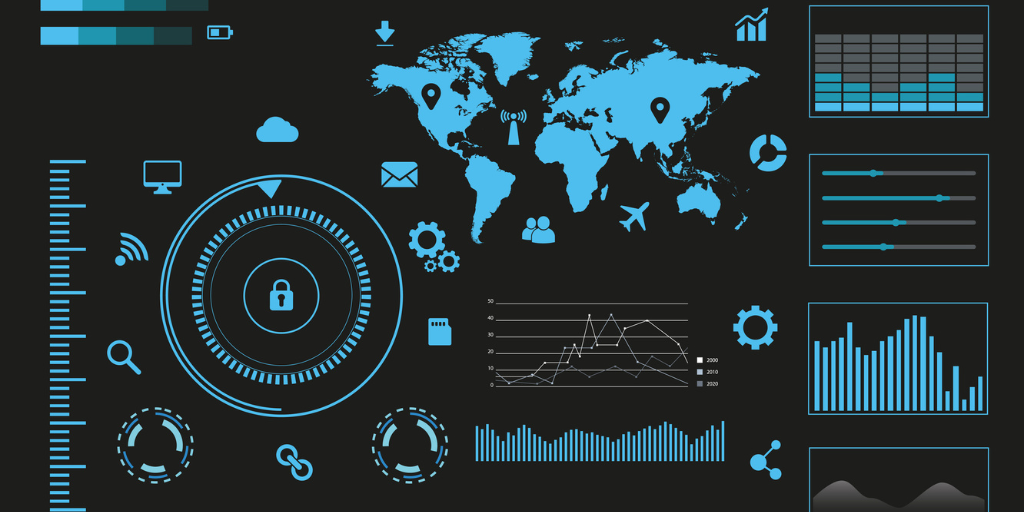Ditch the Dashboard and Unleash the Power of Advanced Analytics
Written by Amanda Derrick
Jun 14, 2023 10:42:46 AM

Ok, maybe you don’t have to ditch your dashboards entirely. But chances are good that the old-school BI dashboard or spreadsheets you’re using are providing incomplete and outdated snapshots of your business. And there are so many of them! They just keep getting added to. That’s not how to get the most value out of your data or your analysts.
If you feel like your data and analytics capabilities have fallen behind, you aren’t alone. A recent CIO survey found that 85% of organizations aren’t using tools designed to explore complex data. That means most companies have teams of analysts who are providing reports on the snippets of the past, rather than strategically recommending actions for the future.
Virtualitics is already being recognized as an advanced analytics platform that is ready to elevate data analysis across industries. With new investment from a trusted financial institution, exciting new commercial opportunities, and awards for innovative design, we know our solution helps companies across industries find value in their data. Traditional BI tools and methods consistently fall short when it comes to exploring complex data to unearth meaningful and actionable insights. If you want your analysts to level up to advanced analytics then it’s time to back up your dashboards with something more powerful.
Dashboards and Spreadsheets Don’t Serve Analysts
Dashboards and spreadsheets have been the go-to tools for data analysis for many years. They attempt to organize and present data through charts, graphs, and pivot tables. But our datasets have grown, and the limitations that these tools have always had are now majorly hindering their ability to deliver comprehensive insights.
- Traditional BI tools are usually static. Dashboards and spreadsheets present data in a static format, providing a limited snapshot of information at a particular moment in time. They lack the dynamism needed to explore the data using different techniques and moving between different visualizations.
- Dashboards don’t identify patterns and relationships. Dashboards and spreadsheets are primarily designed for visualization of relationships between just a couple of variables–sales by month, or revenue by client size–but they don’t allow for analysis across wide data sets. Even with multiple dashboards, it’s a struggle to discover intricate patterns, correlations, and trends across attributes. The temptation with more data points is to just add more tables to the dashboard.
- Insight is left to be discovered. BI tools rely heavily on the user's ability to manually identify insights, which can be time-consuming, require significant experience, and be prone to human bias. And as datasets keep getting bigger, dashboards keep getting busier, the insight just gets more deeply buried.
Make the Move to Advanced Analytics
While dashboards and spreadsheets have played a valuable role in data analysis, the limitations they possess can hinder businesses from fully capitalizing on their data assets. Advanced analytics tools allow analysts to leverage powerful data exploration, advanced visualizations, AI integration, and collaboration capabilities. Embracing advanced analytics empowers organizations to extract deeper insights, make informed decisions, and gain a competitive edge in today's data-centric world.
What should teams be looking for in a great advanced analytics platform?
Powerful Data Exploration: AI-powered advanced analytics tools provide a flexible and interactive environment that enables users to explore data in-depth. Users can easily navigate complex datasets, interact with visualizations, apply various filters, and uncover hidden insights that may have gone unnoticed with traditional BI methods.
Machine Learning and AI-guided Analysis: Generative AI should be your data analyst’s best sidekick, not a gimmick added on for looks. Machine learning and artificial intelligence algorithms can guide analysts through complex data, highlighting and explaining patterns, predicting outcomes, and providing proactive recommendations. This level of automation and intelligence can significantly enhance decision-making processes.
Advanced Visualizations and Storytelling: Advanced analytics platforms may leverage cutting-edge techniques like data storytelling, augmented reality, and virtual reality to deliver immersive and engaging visualizations. By presenting data in a more intuitive and interactive manner, users can easily grasp complex concepts and communicate insights effectively.
